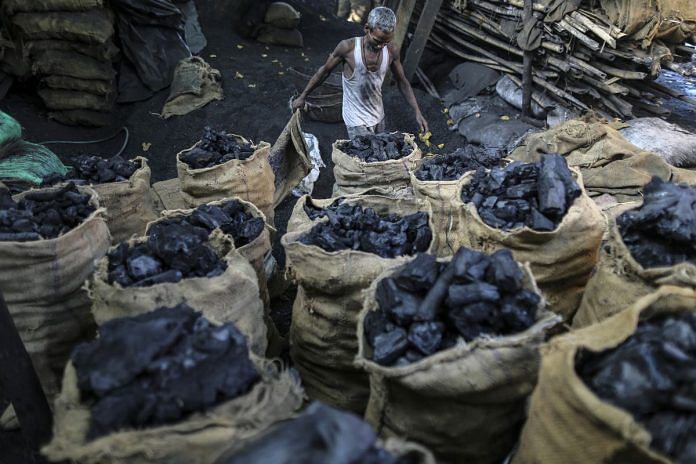New Delhi: Clean energy is gaining a greater share of India’s energy mix, a silver lining amid the country’s prolonged virus lockdown that has cut power demand by about a quarter.
Electricity generated from renewable sources, nuclear and hydropower made up 27% of India’s total generation as of April 15, data from grid operator National Load Despatch Centre show. That’s up five percentage points from March 18, a week before Prime Minister Narendra Modi ordered the world’s largest lockdown to contain the coronavirus outbreak.
The gain came at the expense of coal, which saw its share shrink to 65% from 71% over the period. The figures are another sign that the dominant fossil fuel is facing increased competition in India from cleaner sources of energy.
India has embraced renewables to tackle its notorious air pollution and to reduce carbon emissions. Projects enjoy a “must-run” status, meaning power distribution companies are compelled to use solar or wind energy whenever generated. The result: they turn down coal power when demand slips.
Some of the new coal plants are also losing out due to high costs of operation.
“It only reinforces the point that clean energy is fast replacing coal as the most affordable form of energy in our country,” said Sunil Dahiya, an analyst at the Centre for Research on Energy & Clean Air.
“This trend will become more pronounced in time to come, as distribution utilities will increasingly turn to low-cost supplies to improve their financial health,” he added. – Bloomberg
Also read: After coronavirus deaths, Chinese begin calling for clean air to breathe




“Ideal weather conditions and lower levels of pollution than normal mean solar energy is providing record levels of cheap, clean power to the grid these days across the globe.
Reductions in pollution due to the COVID-19 lockdown helped solar production hit record levels since the lockdown announcement and till April 23rd,
Solar supply peaked during mid-day daily surpassing all previous records.
Solar power, therefore, deserves a must-run status as there are reported cases in India where local SLDC’s are forcing solar power generators for the curtailment during peak generation periods. A criminal act it must be treated by CERC and MNRE.
AS COVID-19 lockdowns have sliced power demand and increased the share of renewable energy at remarkably lower prices – A remarkable outcome of COVID 19 i.e. clean and reliable energy
PROSPECTS – DSG with Battery Storage System is the future for India’s sustainable, reliable and energy security
I have a strong feeling that Distributed, grid-connected solar photovoltaic (PV) power possesses a unique set of benefits and no challenges as seen for MEGA scale execution. In distributed solar applications, small PV systems (KW scale to MW Scale [MW]) generate electricity for on-site local centralized consumption and interconnect with low-voltage to High Voltage transformers on the electric utility system.
With falling PV system cost and declining trends in solar EPC turnkey cost, deploying distributed PV system and its application to integrate solar energy at 440 V / 11 KV / 33 KV level will reduce transmission line losses, increase grid resilience to rural feeders, avoid transmission distribution loss, reduce generation costs, and reduce invest cost in new utility generation capacity. With proper selection of equipment, installation of the well-engineered system, and long term O&M, distributed PV systems can also mitigate reliability issues experienced by providing standby capacity during electric utility disturbances, grid outages and load shedding.
Solar energy source i.e. SUN is available all across the country for almost +300 days in a year and therefore it is the most suited and reliable source for distributed solar energy generation. Increasing amounts of distributed solar generation (DG) connected to distribution networks of DISCOMS with a virtual energy storage system (VESS) will provide reliable power having proper voltage control in distribution networks and accommodate more DSG into the system